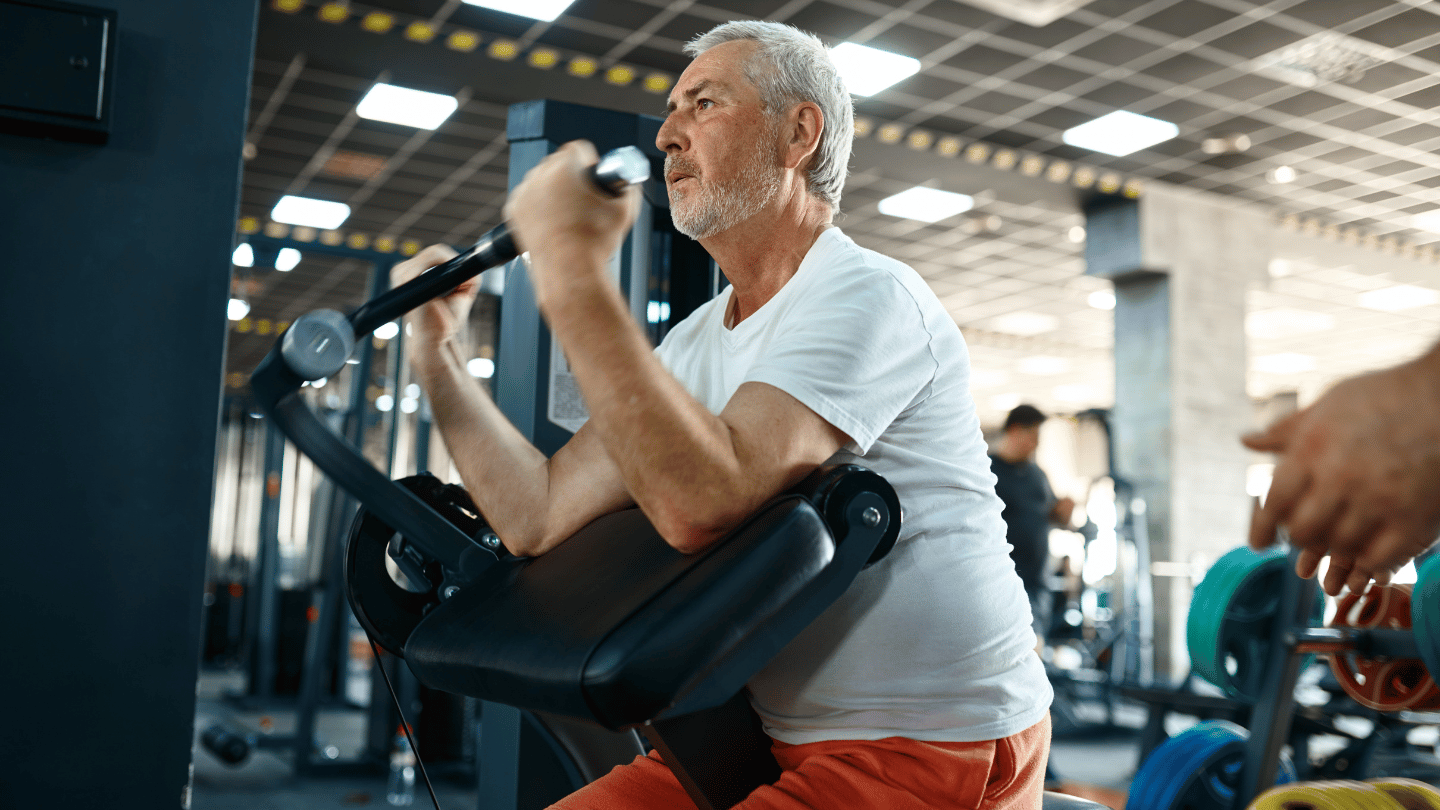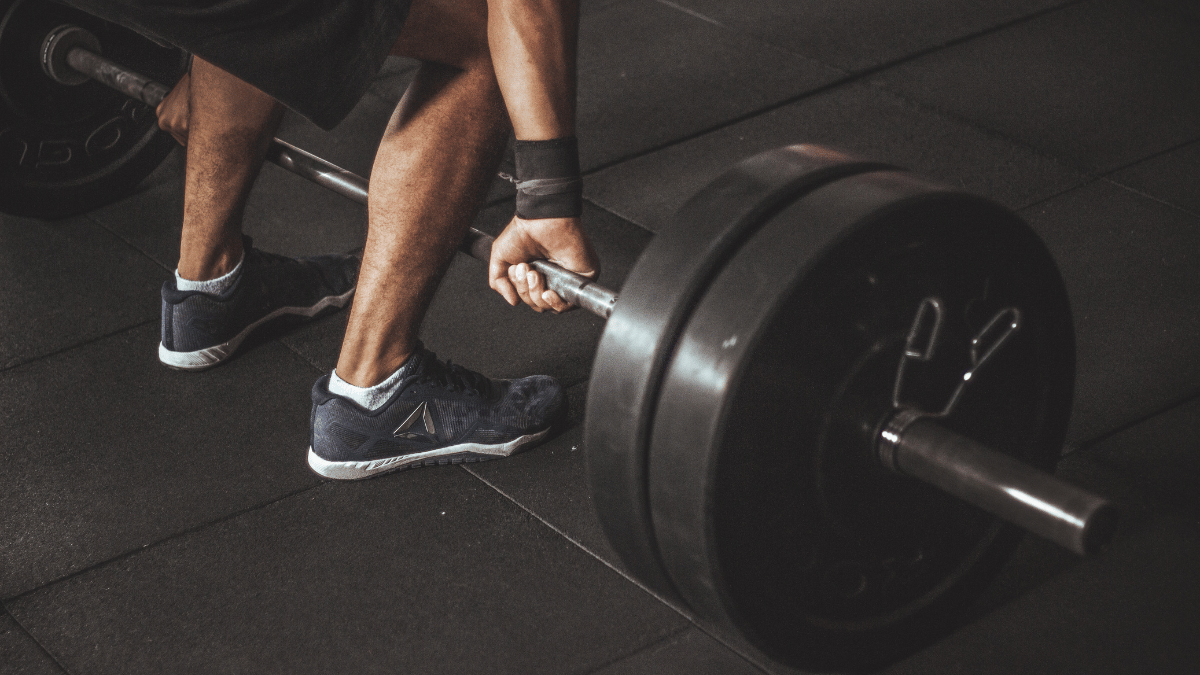How to Do Proper Push-Ups
Trainer: “Next, you’re going to do 3 sets of 10 push-ups.”
Client: “I can’t even do a single push up”
Does this scenario feel similar? Or, do you find yourself avoiding push ups and replacing it with something else?
Some people dread doing push-ups. People find themselves frustrated when they can’t perform a traditional push-up from the floor and they think that they just can’t do it.
But the truth is, anyone can do a push-up.
Why Are Push Ups So Great?
Push-ups are a compound exercise that work your upper body and core. They are one of the most fundamental and effective exercises for building upper body strength. Push ups work your chest, shoulders, arm muscles, back and core. And, depending on the variation, your quads, hamstrings, and glutes are also being used.
Benefits of Push-Ups
- Increased functional strength
- Not only do push-ups increase your upper body strength, they also work on your core stability. Multiple muscle groups are being worked during a push-up.
- Different variations
- There are so many different variations of push-ups to do. Because of the variety, push-ups are beneficial for different fitness levels. There are always harder progressions for athletes to try.
- No equipment needed
- Push-ups can be done anywhere! Even the most regressed variation of a pushup just needs a wall. It is a simple exercise and it is very effective!
Remember: Practice Makes Perfect Perfect Practice Makes Perfect
Some people just continue doing floor push-ups without proper form just to get it. Sometimes that can work, but more often than not people find themselves discouraged by the lack of progress. There is no benefit to keep doing what doesn’t work. It’s better to do 10 proper push ups per set than to do 20 improper push ups. The trick is to find a push-up variation that you can do comfortably and safely and then progress as you get stronger.
Push-Up Variations
For Beginners: Wall Push-ups (3 set x 20 repetitions)
Wall push-ups are one of the easiest variations of push-ups.
- Face the wall and stand about arms length away from the wall. Keep your feet shoulder width apart. To make it a little harder, position your feet together.
- Extend your arms forward, place them on the wall, shoulder width apart. Keep your chest upright throughout the exercise.
- Feet should be hip width apart with your feet pointing forward. Keep the spine neutral. Meaning make sure your butt is not up in the air and it is not sagging to the ground. Your positioning will look like a plank being done with a wall.
- Bring your chest down towards the wall, keep a tempo of 3 seconds. Inhale as you’re going down (towards the wall). Make sure to keep your shoulder blades packed back through the movement.
- Pause for a one second hold.
- Push back with a tempo of 2 seconds. Exhale as you push.
That is one repetition.
Once you can perform 3 sets of 20 repetitions with proper form, progress to the next variation - Incline Push-ups.
Incline Push-ups (3 set x 20 repetitions)
For incline push-ups, use a platform/elevated surface that ranges from chest height to knee height. Keep in mind, the lower the platform, the harder it will be. Start with a higher platform and work your way down. Examples of platforms are a gym bench, stairs, railing, or even a couch. Make sure the platform of your choice is secure and safe.
- Use your arms to prop yourself up on the platform. Feet on the ground, on your toes similar to an angled plank.
- Keep your core braced and spine neutral through the movement.
- Bring your chest down towards the platform, keeping a tempo of 3 seconds. Keep your chest engaged and go as low as you can.
- Pause for a one second hold.
- Push back up with a tempo of 2 seconds. Exhale as you push.
That is one repetition.
Once you can perform 3 sets of 20 repetitions with proper form, progress to the next variation - Kneeling Push-ups.
Kneeling Push-ups (3 set x 15 repetitions)
These are modified push ups that will be performed on your knees.
- Lay down on your stomach and place your hands down in front of you, right under your shoulders.
- Keep your hands shoulder width apart.
- Prop yourself up on your knees. Instead of being on your toes like in a traditional push up, you will be doing the modified push-ups on your knees.
- Keep a neutral spine and shoulder blades packed back.
- Bring your chest down towards the floor around a 90 degree angle. Keep your glutes engaged.
- Push back up.
That is one repetition.
The next progression is… a traditional push-up!
Traditional Push-ups (3 set x 15 repetitions)
Make sure to complete a full range of motion throughout the push up.
- Start in an upright plank position with your hands placed down in front of you, right under your shoulders. Maintain a neutral spine and keep your shoulder blades packed back.
- Bring your chest down towards the floor to around a 90 degree angle. Don’t let your lower body sag or protrude up in the air. Keep the core braced.
- Push back up. Continue maintaining a neutral spine.
That is one repetition.
How to extend your sets
If you find yourself struggling towards the end of your set, try this variation.
Let’s say you have a set of 12 push-ups and you find yourself struggling on the last 3. Instead of taking a rest or just stopping all together, for the last 3:
- Bring your chest all the way down to the floor. You’re going to be flat on the ground.
- Push up. Continue until you finish your set.
Don’t be discouraged if you can’t do a traditional push up just yet. Keep training with simpler variations and progress once you are stronger. With enough consistency and perseverance, you can get there. Keep pushing and you will find yourself being able to do that push up and even more. Remember, QUALITY is more important than quantity.



















.png)











.png)


























.png)
.png)
.png)



























.png)
.png)
.png)
.png)
.png)
.png)
.png)
.png)
.png)
.png)



.png)